Driving from Victoria to Parksville, BC, I see signs for the ‘World Famous Murals’ of Chemainus, practically begging me to visit. I do, but leave disappointed. The inner-city has spoiled me.
Driving the shadowy side-streets of cities like Vancouver, Portland or even Calgary, I’ll spot murals in vibrant contrast to urban decay and wonder, ‘Have I found this city's Alberta Avenue?’
I wonder if, where there are murals, there are people taking back their once neglected streets?
Along Alberta Avenue you’ll find art everywhere. A power box painted like a pack of crayons. Park benches etched with community-sourced designs. Nine of Jill Thomson’s paintings climbing alley walls near The Carrot Coffeehouse.
Perhaps we are trying to convince ourselves that our inner-city neighbourhood is just like an idyllic small town. Just like Chemainus. Or maybe it works the other way. Maybe, murals aren’t the cause, but the effect. Maybe when a community comes together, murals become our collective voice.
Mural map illustration by We Are Not At The Mall - http://wearenotatthemall.tumblr.com/
Kris Andreychuk has heard that voice. He spent years with the Neighbourhood Empowerment Team (NET) on Alberta Avenue, working with Arts On The Ave, the police, and others for creative solutions to neighbourhood issues. Here, Kris learned the power of the arts to transform communities.
Inside The Carrot, I try and get to the bottom of all these murals with Kris Andreychuk. Do murals really lower crime? Can paintings really save a neighbourhood?
Murals work, Kris says, with a caveat. The art has to involve the community as part of a larger strategy. There has to be ownership. Top down, enforced public art may bring something the neighbourhood is not proud of.
I think of the giant baseball bat down the road.
Murals can work wonders, Kris assures me, when the community is involved. It is for good reason that Edmonton offers matching grants up to $2000 for the creation of public murals.
Most obviously, murals curb graffiti, but their effect goes much deeper.
In 2011, Kris was part of Eyes On The Alley, where residents made their 82nd street alley cleaner and safer by installing giant photographs of their own eyes on dumpsters. The images were striking. Crime dropped.
Kris remembers a local crack dealer lamenting how she couldn’t deal drugs in that alley any more. She said it was like her grandfather was looking at her.
Eyes On The Alley drew positive attention. These residents moved beyond security cameras and neighbourhood patrols, and felt more than protected. They felt proud.
I feel proud, too.
Riding along the LRT tracks towards downtown, I slow to see Kris Friesen’s rich underwater world, painted on the back of a fitness store. Walking north up 95th street from 107th ave, I catch Grace Law’s stylized characters traversing brightly coloured stripes. Blocks later, a giant Lois Hole by Ian Mulder tends her sunflowers.
This is my neighbourhood. This open air gallery is a testament to transformation. These murals are both the cause, and the effect, of a community awake, alive and beginning to grin with pride.
This article first appeared in the premiere issue of Arts & Culture XL, and is reprinted here with permission. The second issue of Arts & Culture XL launches this week. Discover more at artsandculturexl.tumblr.com


